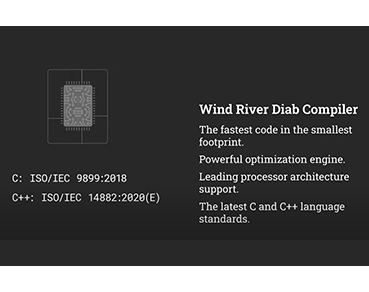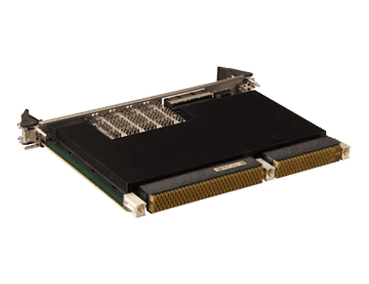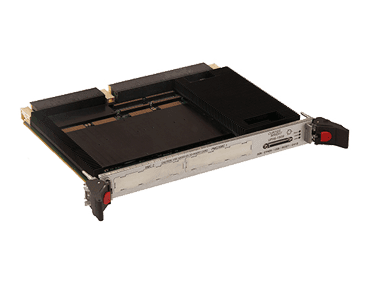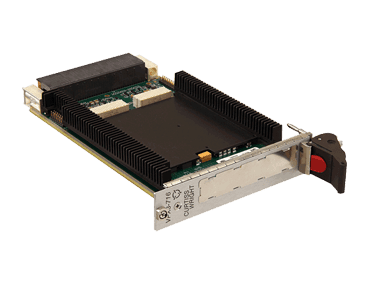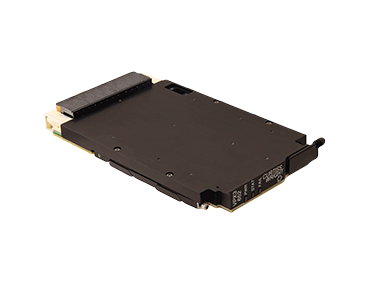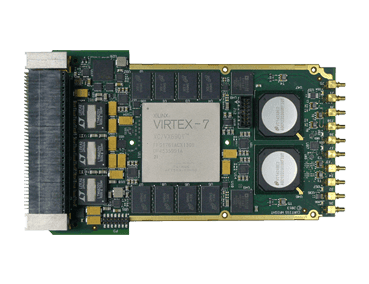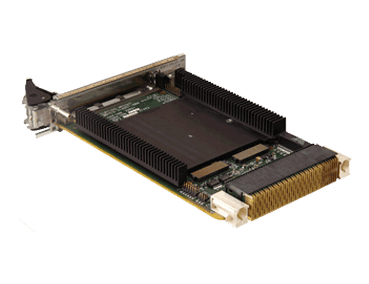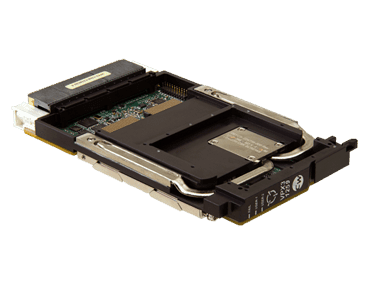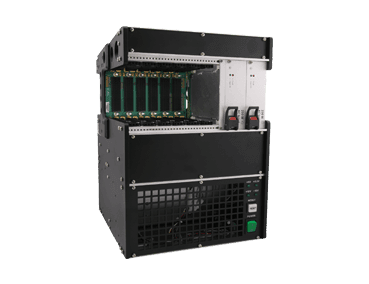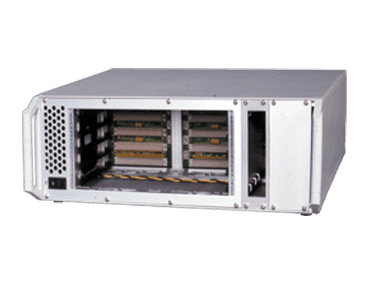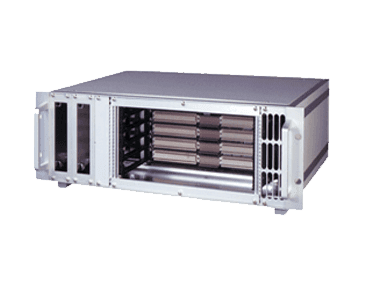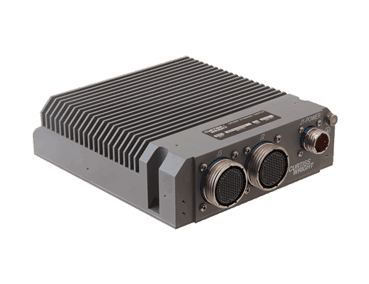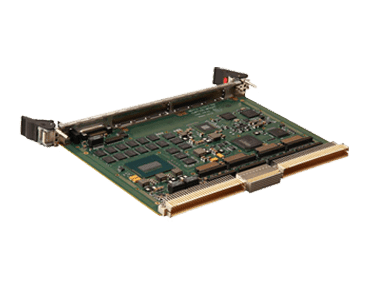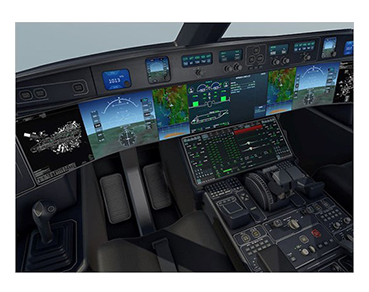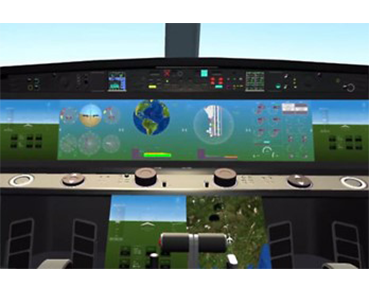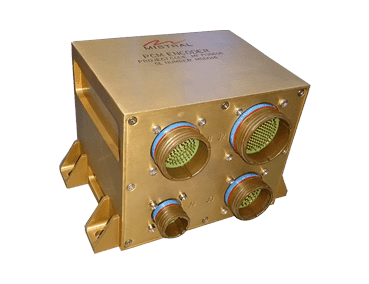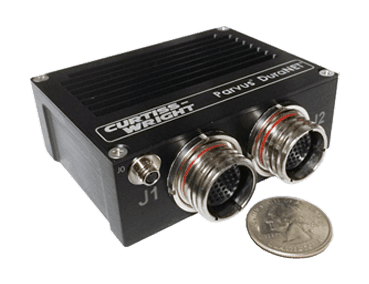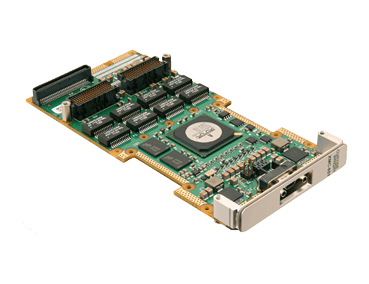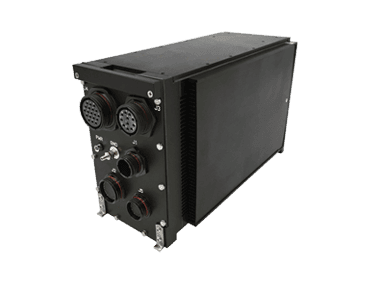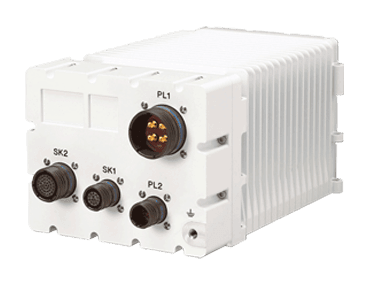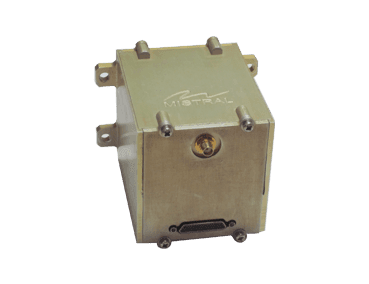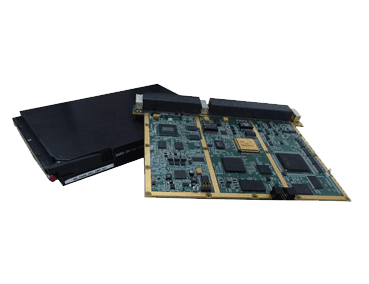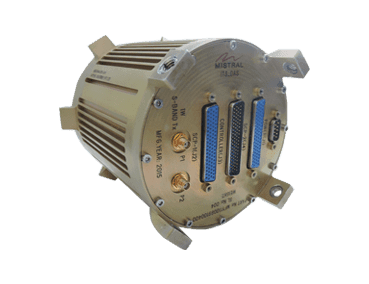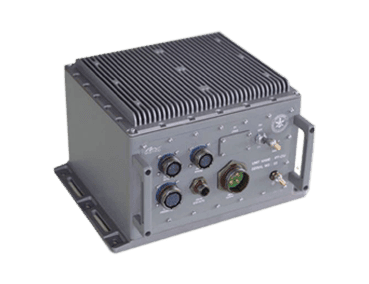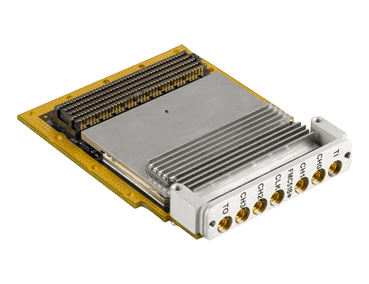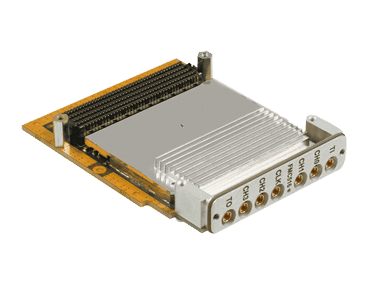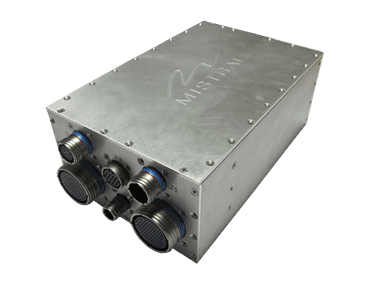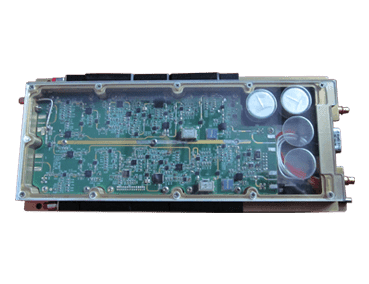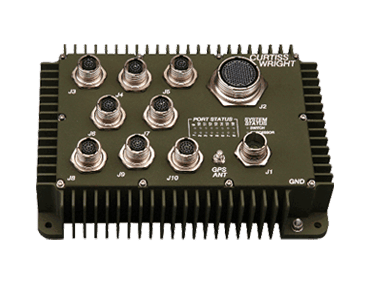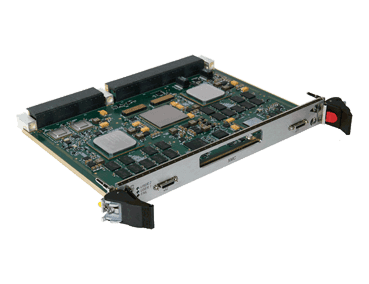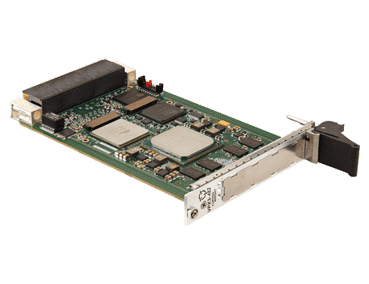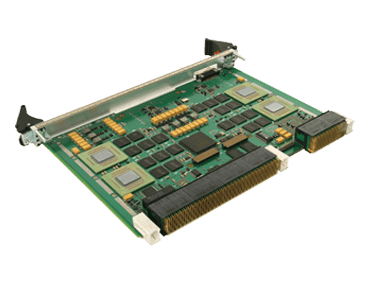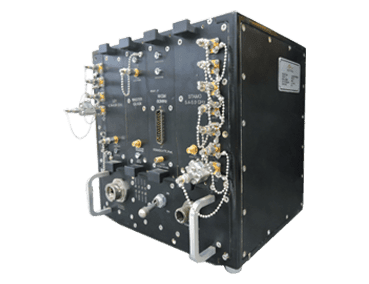The CHAMP-AV6 Quad DSP engine utilizes the 6U VPX-REDI format to unleash the tremendous I/O bandwidth of its eight NXP (formerly Freescale) Power Architecture MPC8640 processor cores (four 8640D dual-core processors). The local and off-board Serial RapidIO interfaces provide up to 10x of the communications bandwidth that was achievable with the VME format. Signal processing applications with streaming dataflow will benefit greatly from the dual 64-bit DDR2 memory subsystem associated with each 8640 dual-core processor.
The CHAMP-AV6 Quad DSP engine from Curtiss Wright takes complete advantage of the VITA 46 standard, which was developed by system integrators and COTS industry leaders to merge high-speed serial interconnect with a form factor well-suited to a vast array of embedded computing applications. The CHAMP-AV6 delivers 10GB/s full-duplex bandwidth to meet the needs of multi-processor systems.
The Event Analysis tool extends the benefits of the Wind River System viewer tool, providing a post-run-time view of time-correlated events across multiple processors. This tool greatly simplifies testing, verifying, and debugging complex multiprocessor software. The System Monitoring tool offer a real-time graphical report of the system’s operations, along with chassis, board, and processor. It provides updates on utilization, processing thread, task allocation, and other details such as board temperatures. The System Management tool automates system startup by handling user libraries and executables. It also manages the contents of Flash devices within the system, either individually or in designated groups.
A wide range of software supports the CHAMP-AV6 Quad DSP engine for all areas of application code development. Operating systems supported by the CHAMP-AV6 Digital Signal Processor include VxWorks 6.x and Workbench 2.x from Wind River. Continuum Insights visualization and instrumentation tools ease and optimize the development of application software for multi-computer embedded systems such as the CHAMP-AV6. Based on the Eclipse Development and Application Framework, Insights includes an Event Analysis Tool, a System Monitoring Tool, and System Management Functions.
The CHAMP-AV6 Quad DSP engine is also supported by the Continuum Inter-processor Library (IPC), a collection of functions that promote high performance and low latency of message passing. The IPC facilitates smooth communication between processors, supporting several transport mechanisms including PCI, StarFabric, and SRIO. The IPC offer low-overhead block data transfers, and segmented block data transfers, and facilitates signaling between processors to help with the flow of high-bandwidth data movement. The Continuum Vector DSP Function Library assists users who choose to focus on their algorithms. This library assists with the complex process of programming the system’s Quad Power Architecture AltiVec unit, from which the CHAMP-AV6 derives its floating-point performance. The Continuum Vector offers a comprehensive suite of over 200 functions, serving as the cornerstone for numerous signal-processing applications.




